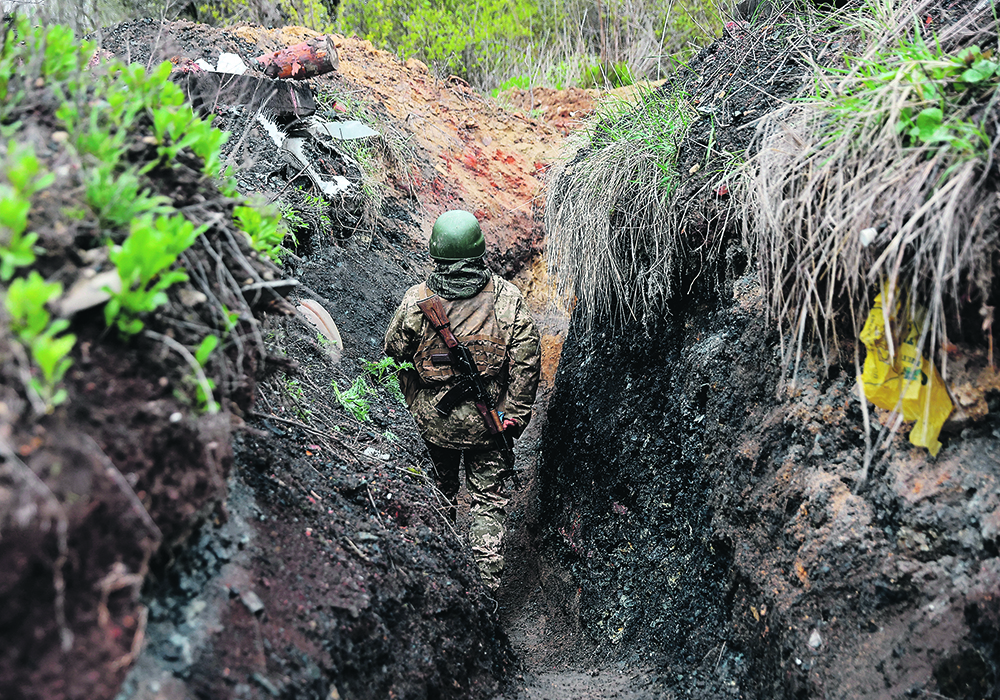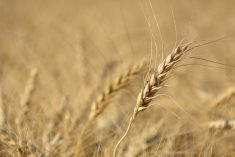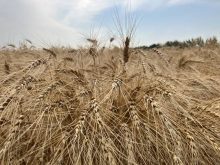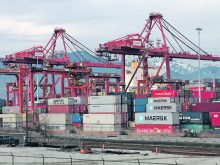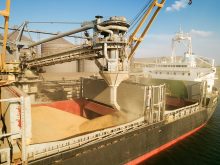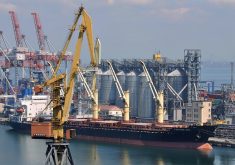Most years just before New Year’s Day I do a story laying out the main predictions that market prognosticators are making about the coming year.
This year I didn’t, mostly due to those predictions being subjects that we had already covered and which were continuations of trends already well discussed: inflation risks, tight crop supplies, the commodity bull market, COVID-19’s impact, the recovery of advanced economies, China’s slowdown and worsening China-U.S. relations.
There didn’t seem like much dramatic and new was predicted to confront us in 2022.
Read Also

India slaps 30 per cent import duty on yellow peas
India has imposed a 30 per cent duty on yellow pea imports with a bill of lading date on or after Nov. 1, 2025.
But then something big upended everything, something not even hinted about in either the Economist magazine’s “The World Ahead 2022” or in Project Syndicate’s “The Year Ahead 2022,” among other listings of likely issues.
This was, of course, the Russian invasion of Ukraine and the first major land war in Europe since the end of the Second World War.
All of a sudden, all of our 2022 projections were rendered void. Tight world stocks of grains became an extreme risk, threatened by two of the world’s major grain exporters becoming cut off from world markets, which could plunge many poor countries into risk of famine.
The demand-driven commodity bull market, already exacerbated by supply chain snarls, became an extreme supply-driven one, as some of the world’s main fertilizer, fuel, mineral and metal sources became at least partially cut off from many markets.
And lest we forget, we are now living with the menace of nuclear war and a possible Russian escalation of its Ukraine war into a wider European conflict that could spiral out of control.
That’s a bit different from the late 2021 outlook that spent more time considering the ramifications of the Beijing winter Olympics than Russian President Vladimir Putin’s imperial ambitions.
It’s wrong to say the invasion of Ukraine couldn’t be predicted, but almost nobody did predict it. It just seemed too far out of the realm of possibility for something like this to happen in Europe today. But that’s where reasonable predictions get scotched.
As British Prime Minister Harold Macmillan said when asked about the biggest challenges that confront a statesman: “Events, dear boy, events.”
We’ve been hit with a major event that is affecting everything from the price of crops and fertilizer to the rate of inflation to hunger in Africa to the length of time you’ll have to wait to get a new F-150. Few prepared for this.
There’s no fool proof way for farmers to prepare for what happens after harvest, when with any luck western Canadian farmers will bring in a bountiful crop. Our reasonable expectations today are for very high prices that should carry well into the winter, especially if Black Sea crops are reduced in production and exportability, and if the world’s present crop production problems don’t miraculously reverse and produce bumper crops everywhere.
And so long as there is no global demand-busting recession and World War Three doesn’t break out.
Farmers have been leery of locking in forward prices for some good reasons. Most parts of Western Canada have dreadfully low subsoil moisture. (I’m delighted as I write this to be hearing rain falling outside my window here in southeastern Manitoba, but this blessing of heavy precipitation is being shared only as far west as southeastern Saskatchewan.)
Farmers don’t know if they will produce enough good quality crop to be able to forward price much of anything.
Farmers also got burned by contracts they couldn’t deliver upon. Many lost thousands of dollars. Some lost tens of thousands. Others lost hundreds of thousands.
Futures sales positions can bring margin calls and serious risks if a farmer can’t match the position with physical crop.
These can all seem like reasons to avoid hedging the 2022 crop. Combined with reasonable expectations for continuing high grain prices, there could seem to be little urgency to hedge.
But if we look back at late 2021 and the complete lack of expectation among the world’s prognosticators for a Russian invasion of Ukraine, we can see why comfortable assumptions can go dreadfully awry. The world’s crop consumers are presently gripped with fear about where to find food and at what price they’ll manage to get it.
Who knows what situation will face farmers when they go to sell this crop in six months?


